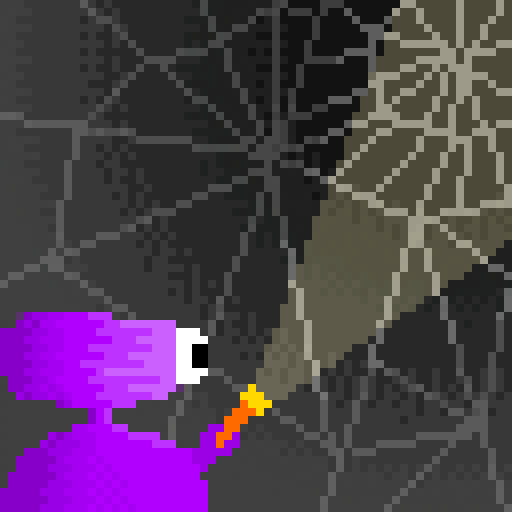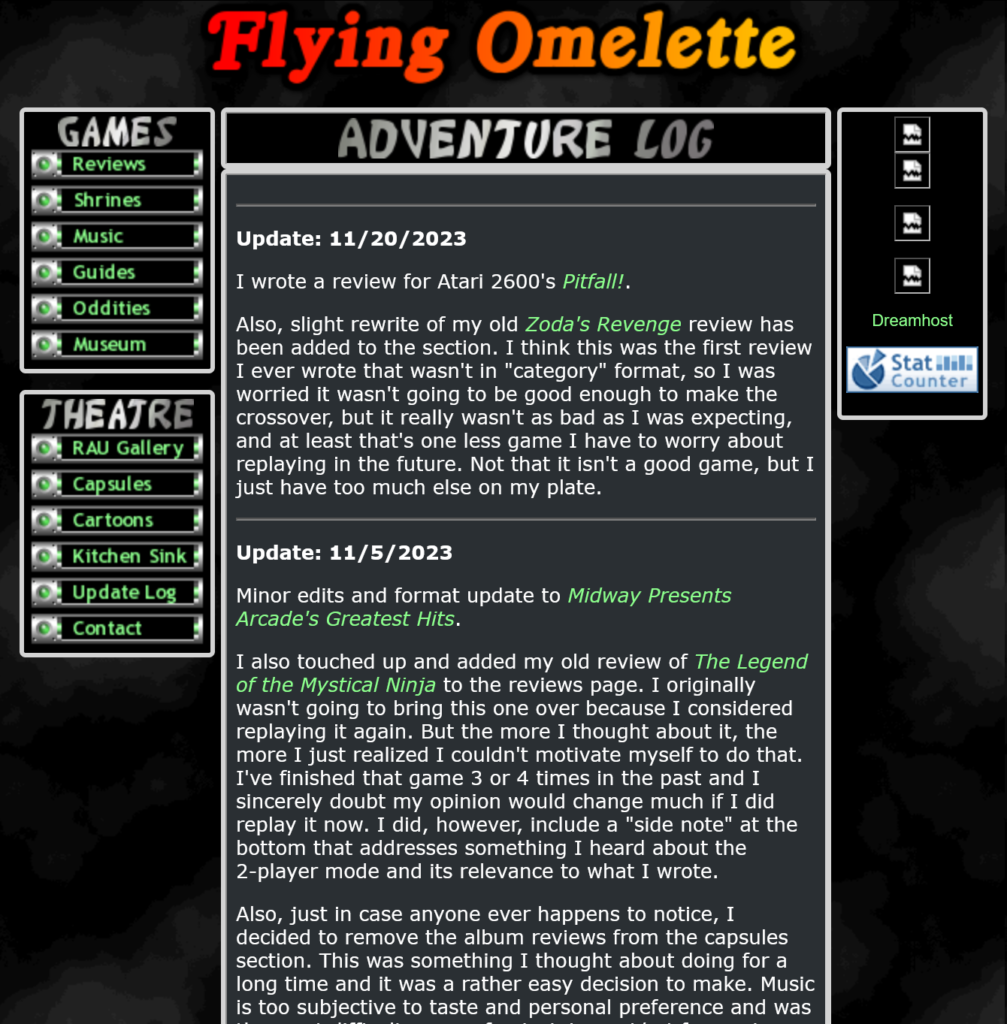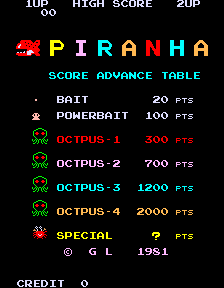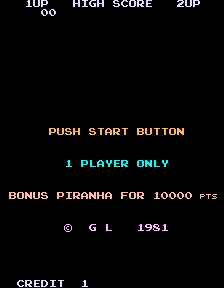
The World Wide Web is now over thirty years old. In that time, more content has vanished from it than remains now, but some of it can still be dredged up from the shadowy archives of the Wayback Machine. This is the latest chapter in our never-ending search to find the cool gaming stuff that time forgot….
I feel sometimes like the kid from The Sixth Sense. That reference probably dates me to an extent, it’s from 1999 which feels like practically yesterday. It’s pretty recent as my references go: I know who Kojak was, and remember M*A*S*H.
I feel like that kid because when I look over the internet, sometimes I see ghosts. The shades of dead games. When something disappears from the web, it’s really gone, there is no corpse and its server leaves practically no trace of its existence. But sometimes signs can be found, like archived client uploads, broken hyperlinks, site snapshots on the Internet Archive, or still-active fansites.
One of those ghosts that flickers into my hazy vision sometimes is the original Neverwinter Nights. Not the Bioware game by that name, which really has very little to do with it. The first Neverwinter Nights was a SSI-produced MMORPG on America On-Line, that lasted from 1991 to 1997, a contemporary of Island of Kesmai, and of WorldsAway,which I’ve brought up here before.
NWN might have been a MMORPG, but it was also a MS-DOS game, and it ran on a modified version of SSI’s Gold Box engine, and (I presume) used the 2nd Edition D&D ruleset. That may have been what doomed it in the long run, for the license expired, and AOL, TSR and SSI couldn’t reach an agreement that would allow the game to continue. It is worthy of note that of those three companies, two don’t exist now, and the remaining one is nowadays nearly a ghost itself. I’m not going to say it happened because they couldn’t reach an agreement on continuing NWN, in fact it probably wasn’t, but it’s a little comforting to think it might have contributed. Two things that are equally disposable, it seems, are old MMORPGs and the hide-bound corporations that ran them.
There is a fansite devoted to the AOL Neverwinter Nights, apparently continuous in existence from the days the game was live. It hosts a fan recreation called Neverwinter Nights Offline, which is not an exact recreation of the original but recreates a large portion. Of course, without other human players inhabiting the game’s world, it’s nowhere near the same. It runs in DOS, so Dosbox might be of some use to you.
There is also ForgottenWorld (no relation to Capcom’s arcade game), a fan-made recreation of Neverwinter Nights. The note on the fansite dates to 2004, but ForgottenWorld still survives, and even has a Discord. I haven’t tried it myself yet, nor the offline version of NWN linked above. That’s because I see ghosts like these all the time, and I cannot devote the time or energy to any of them that they truly deserve. But maybe, you can.
On Neverwinter Nights Offline, there is a series of Youtube videos where aulddragon plays it for four hours. The first video in the sequence follows. Check out that Gold Box combat style!
Fansite: The Original Neverwinter Nights 1991-1997
Let’s Briefly Play “Neverwinter Nights AOL” (Youtube playlist, about 4 hours)



